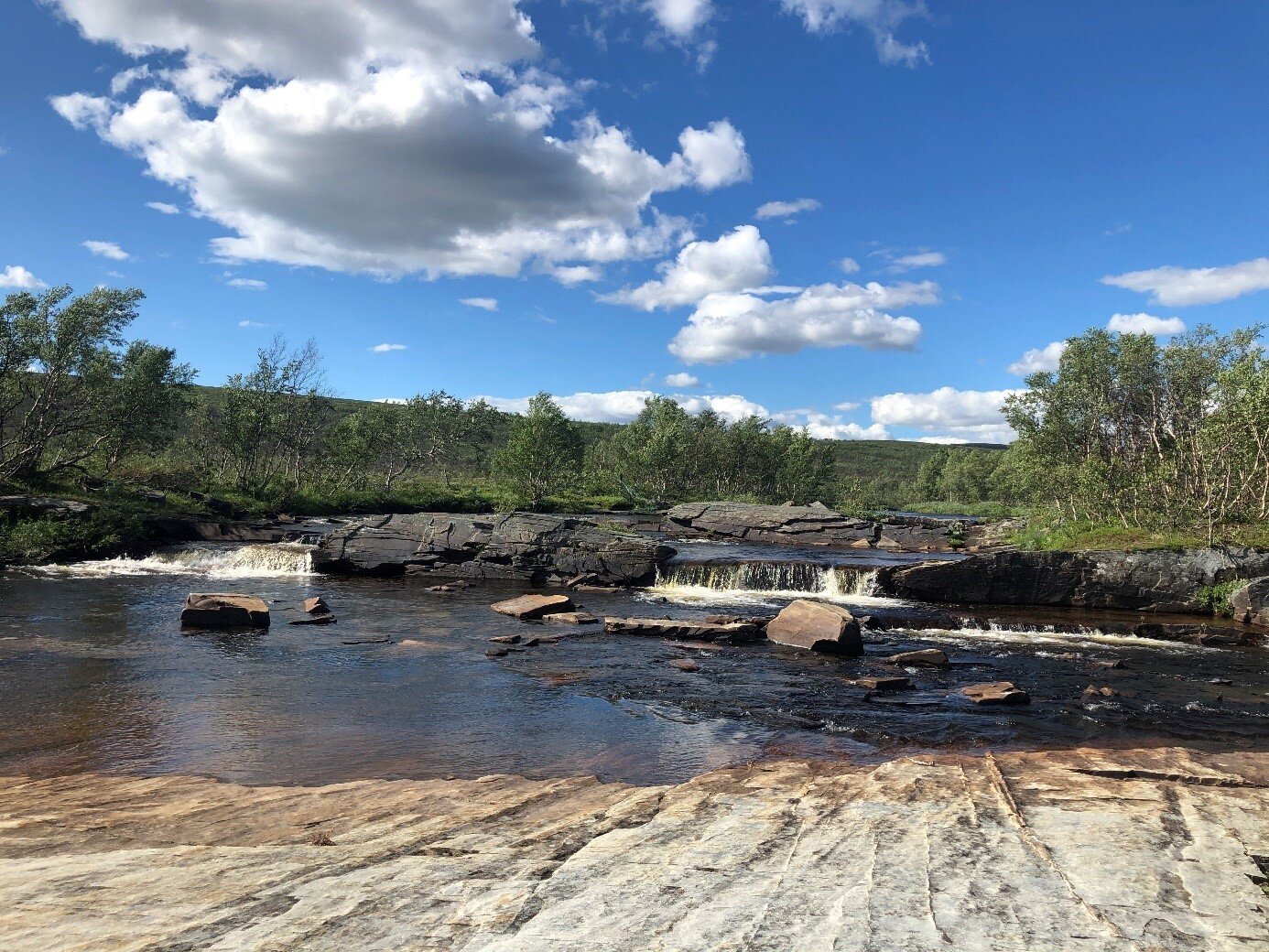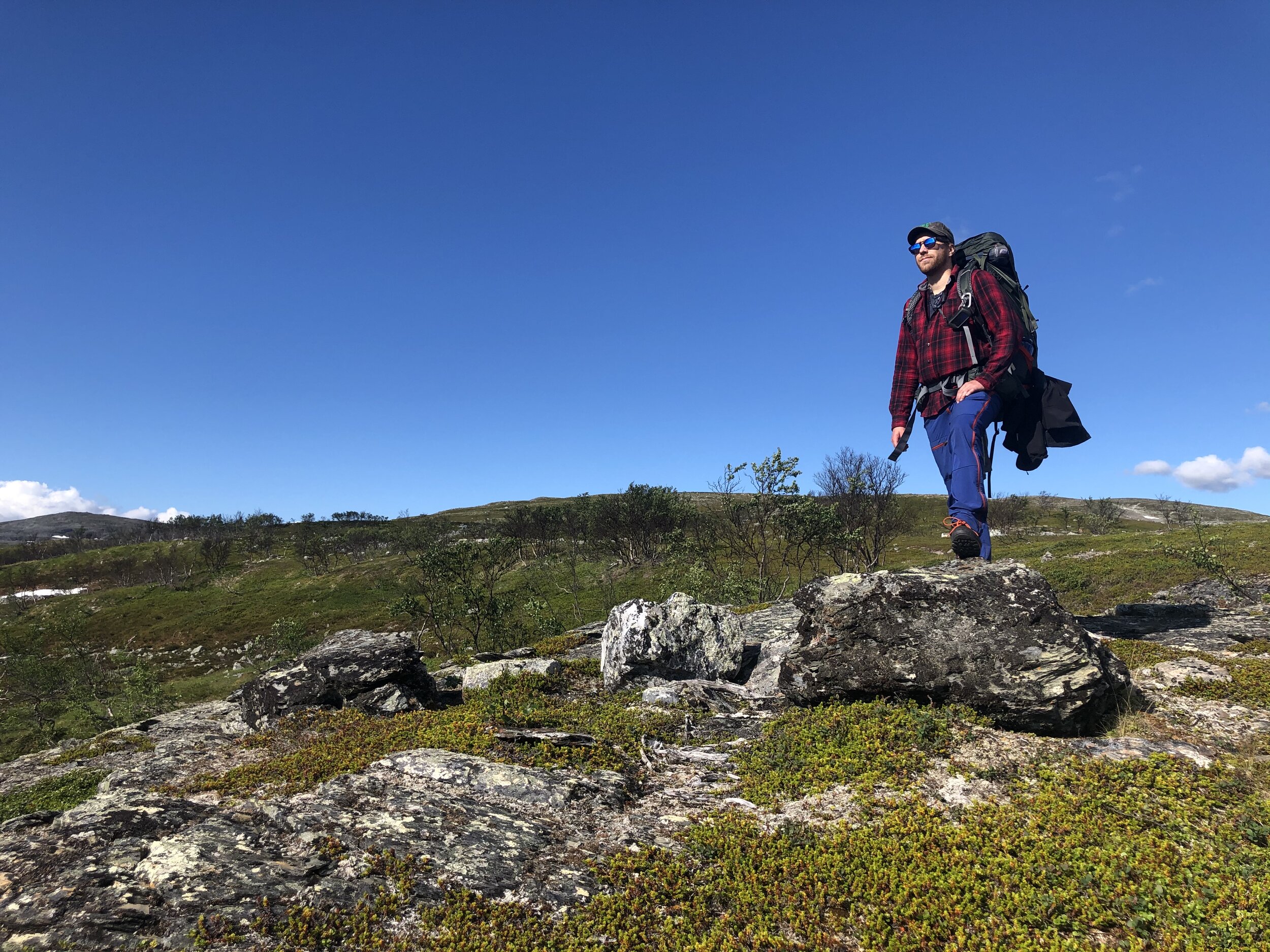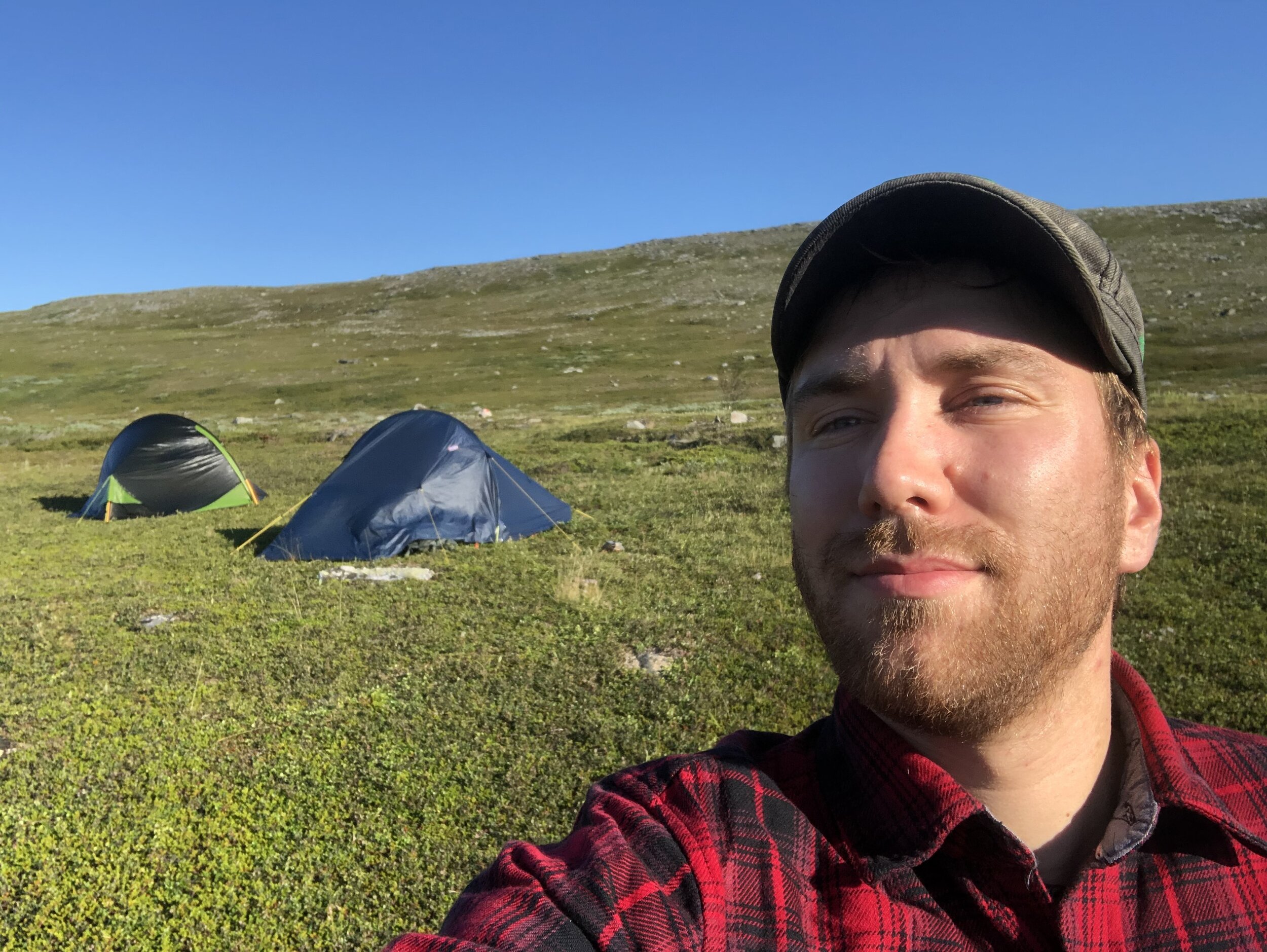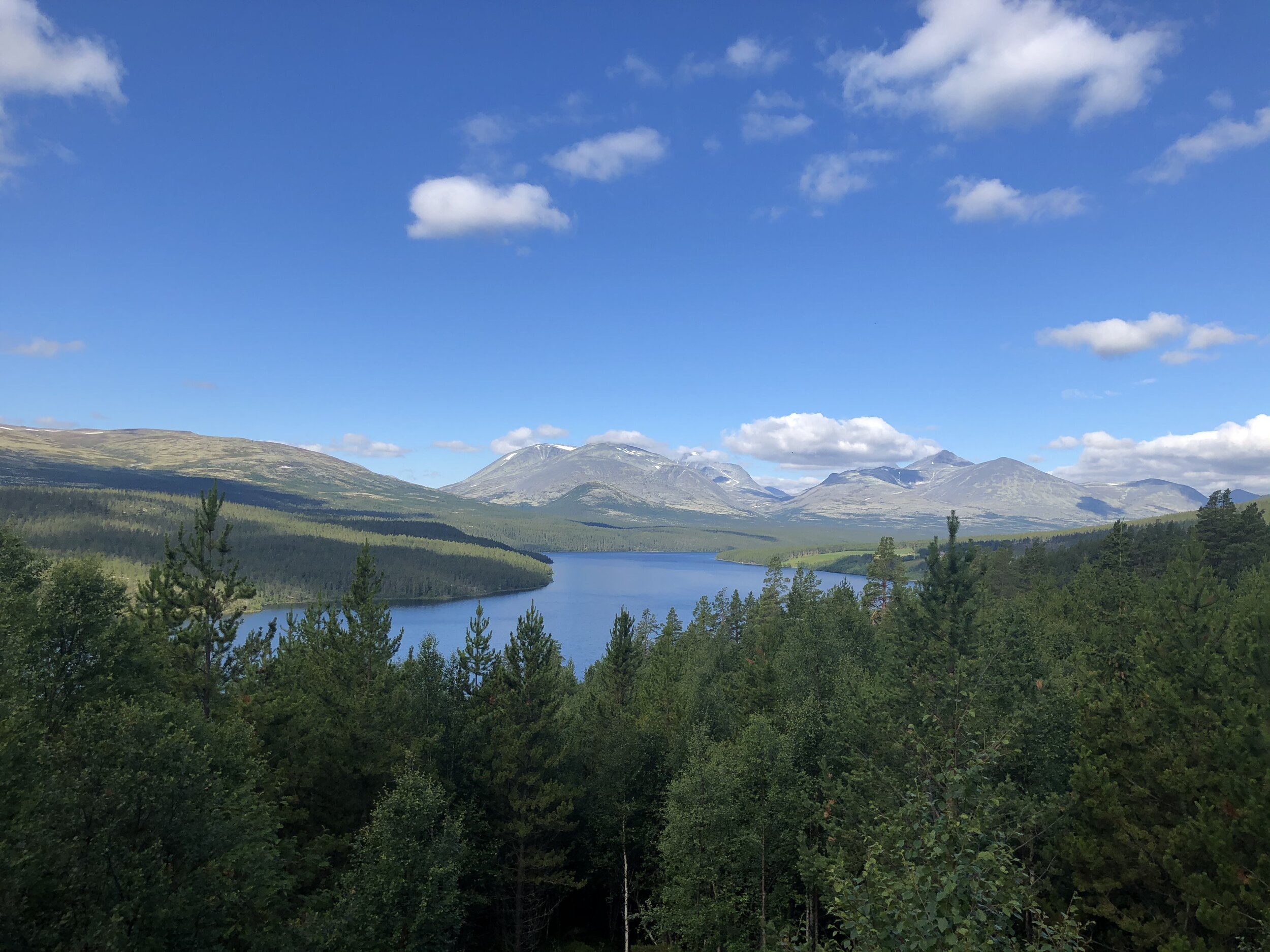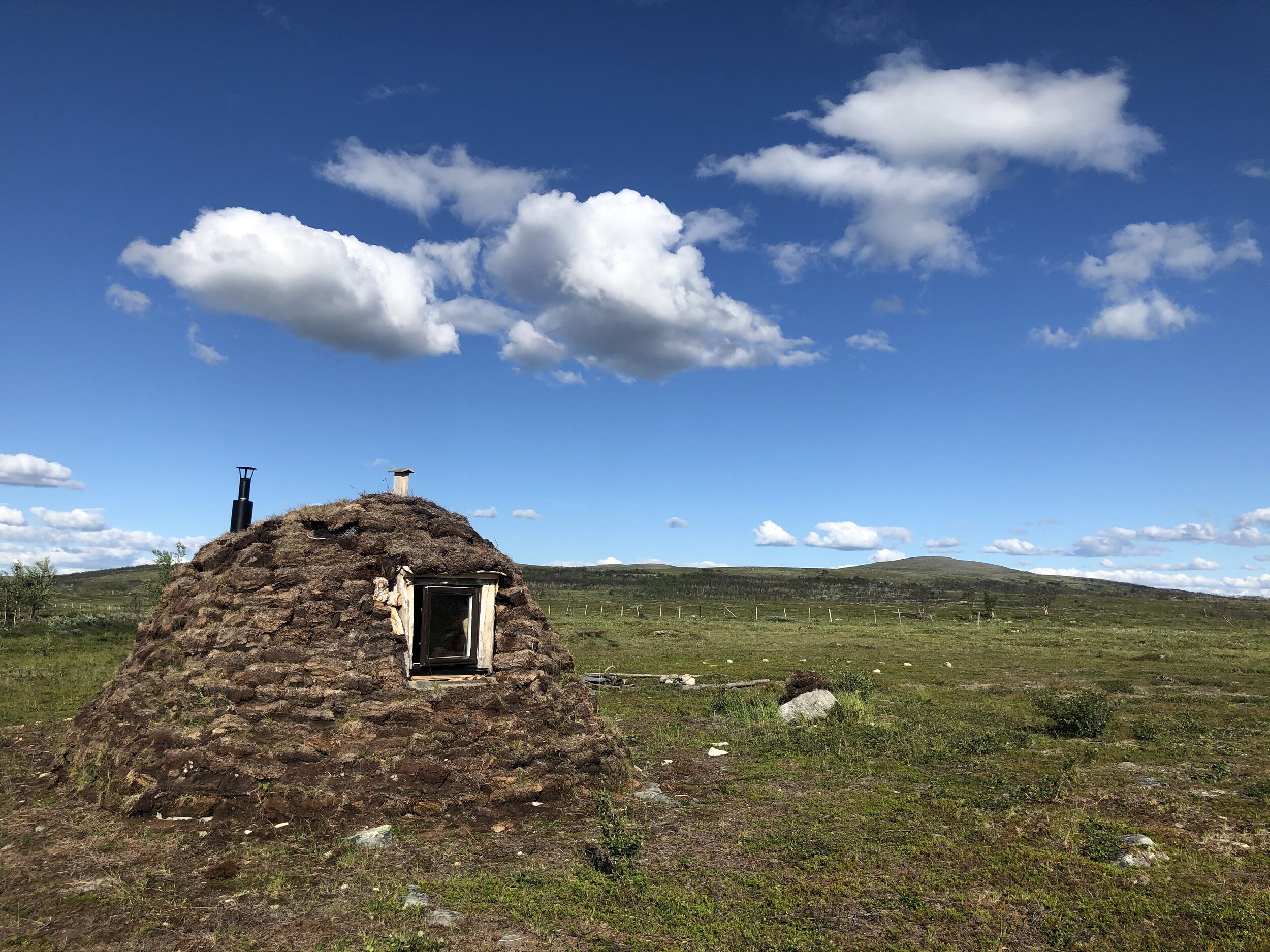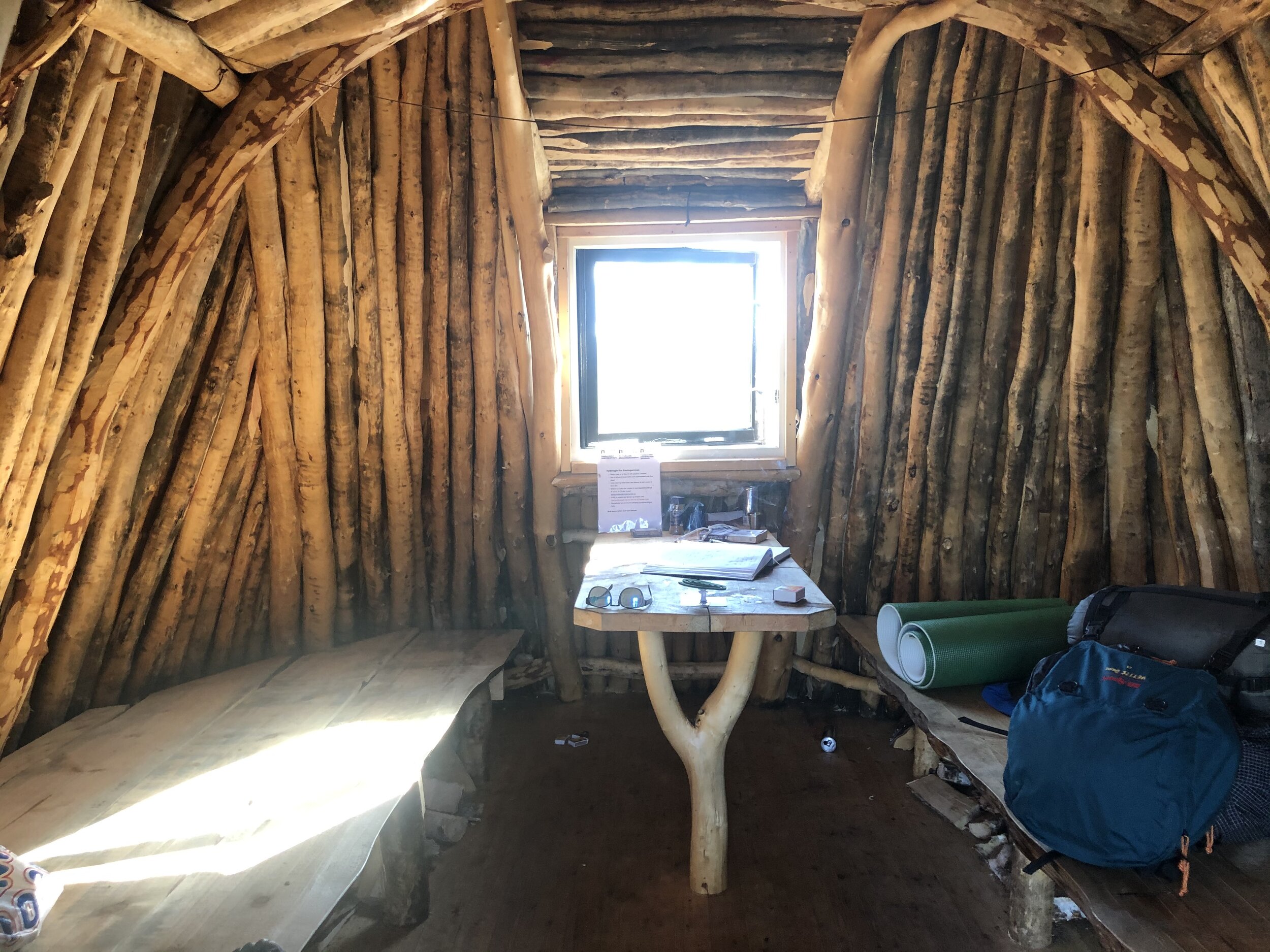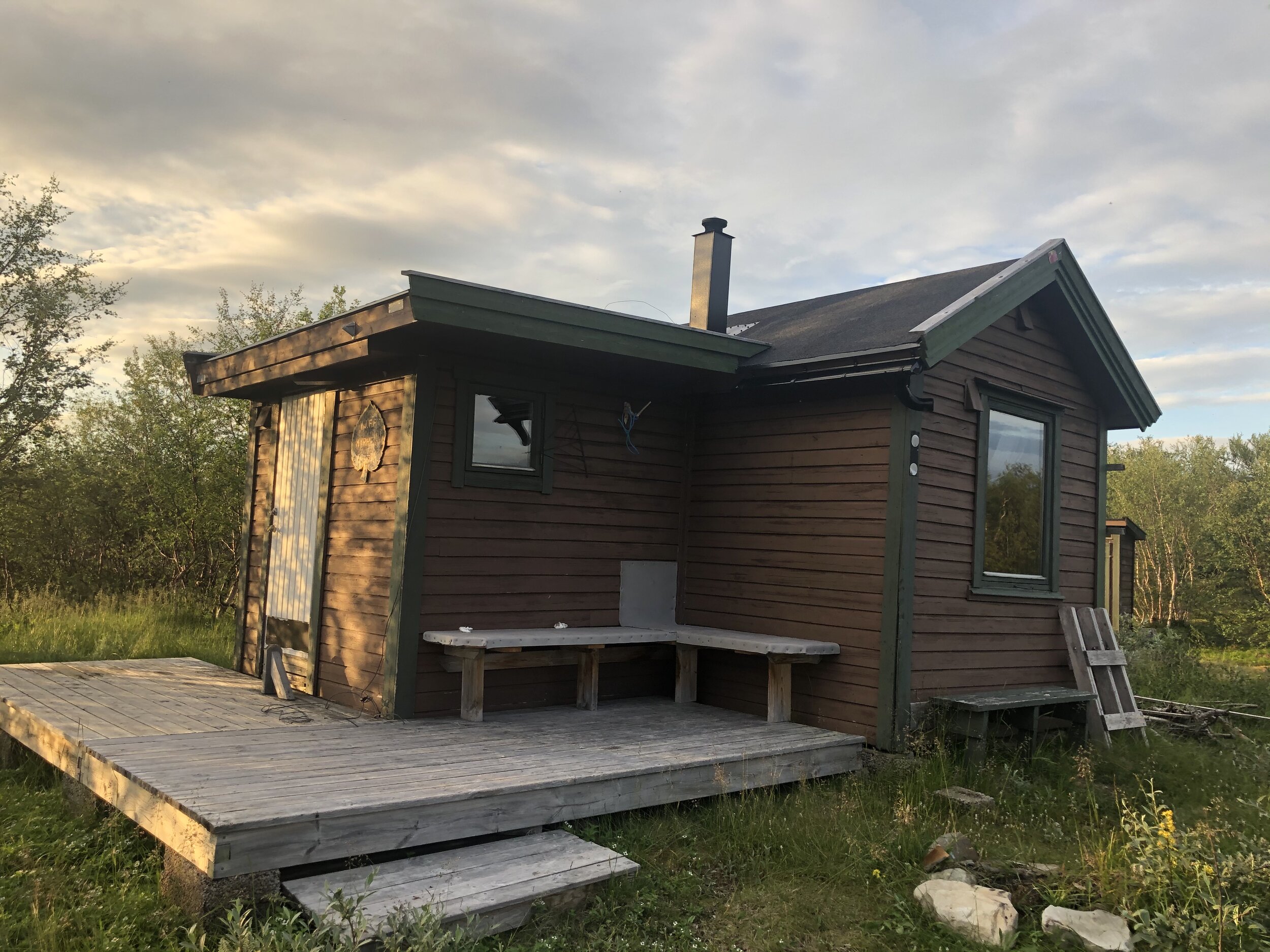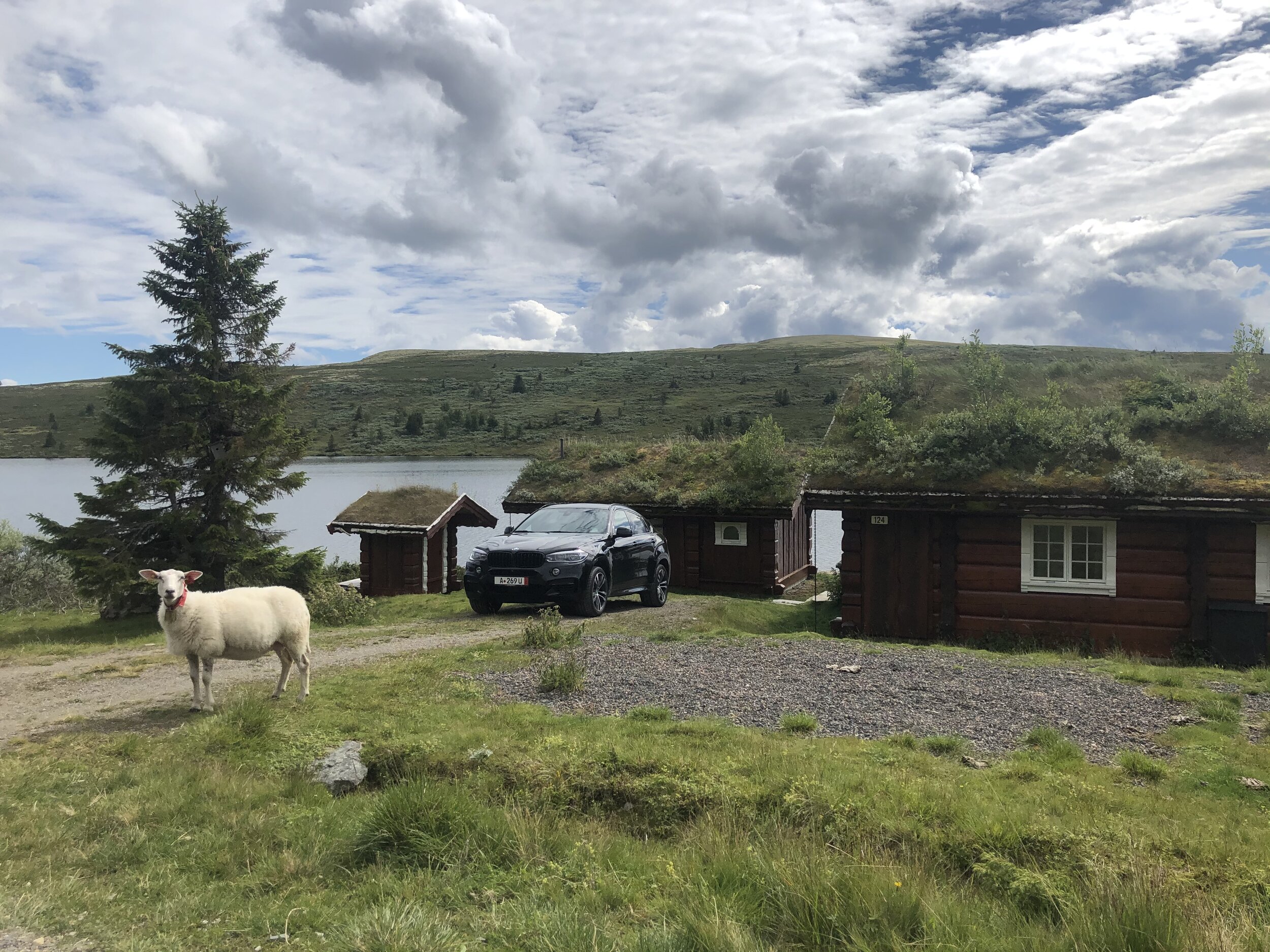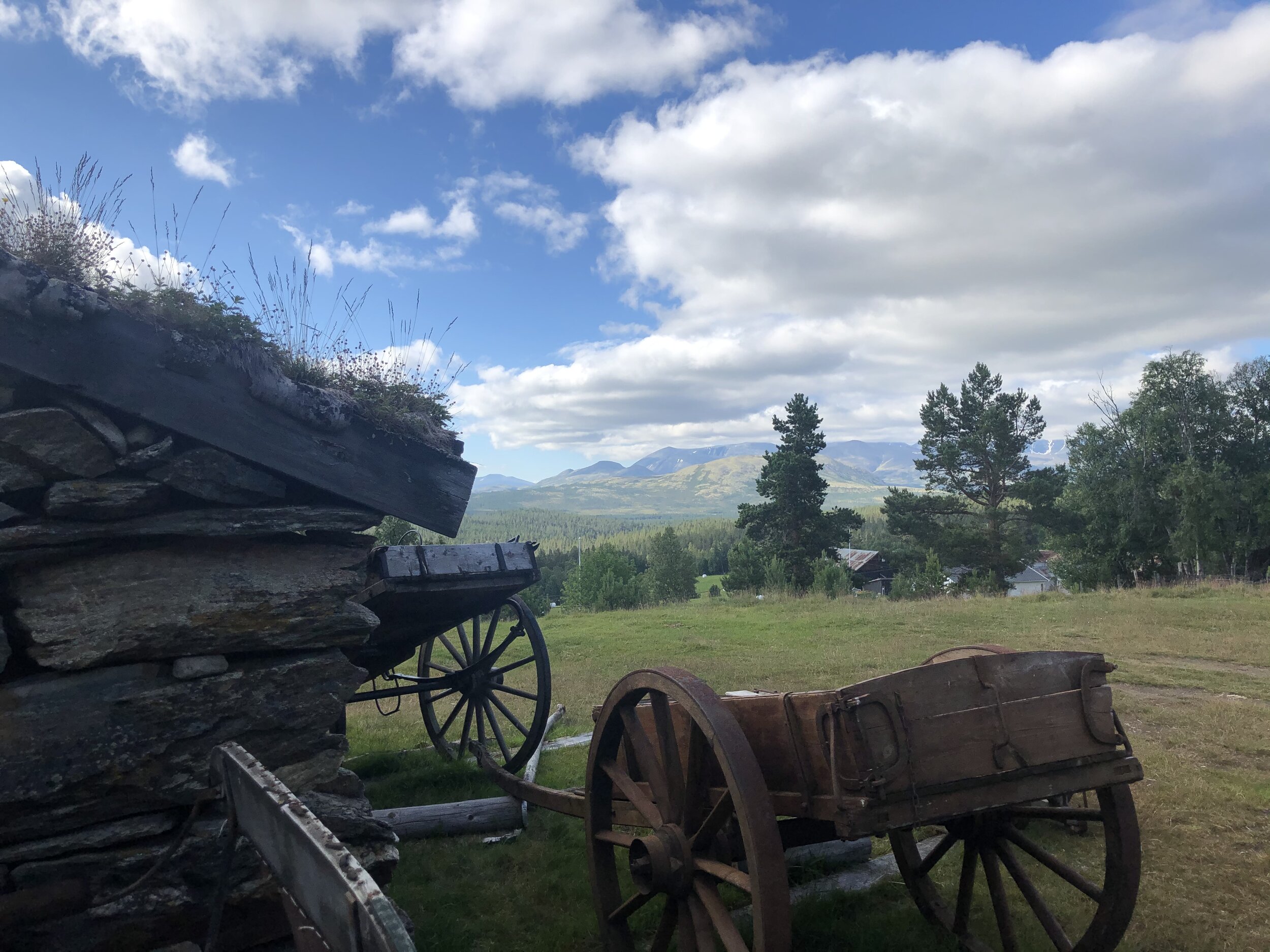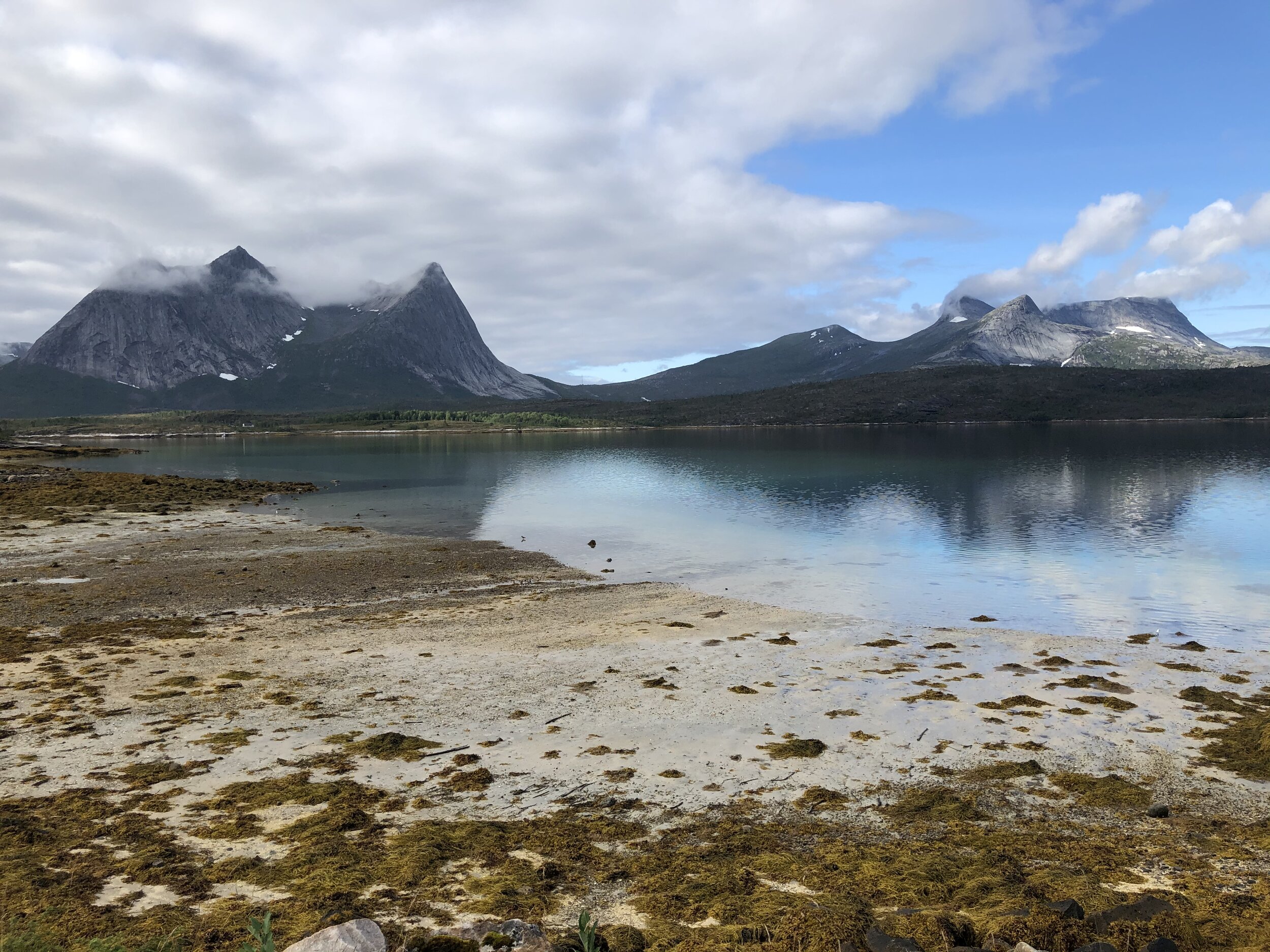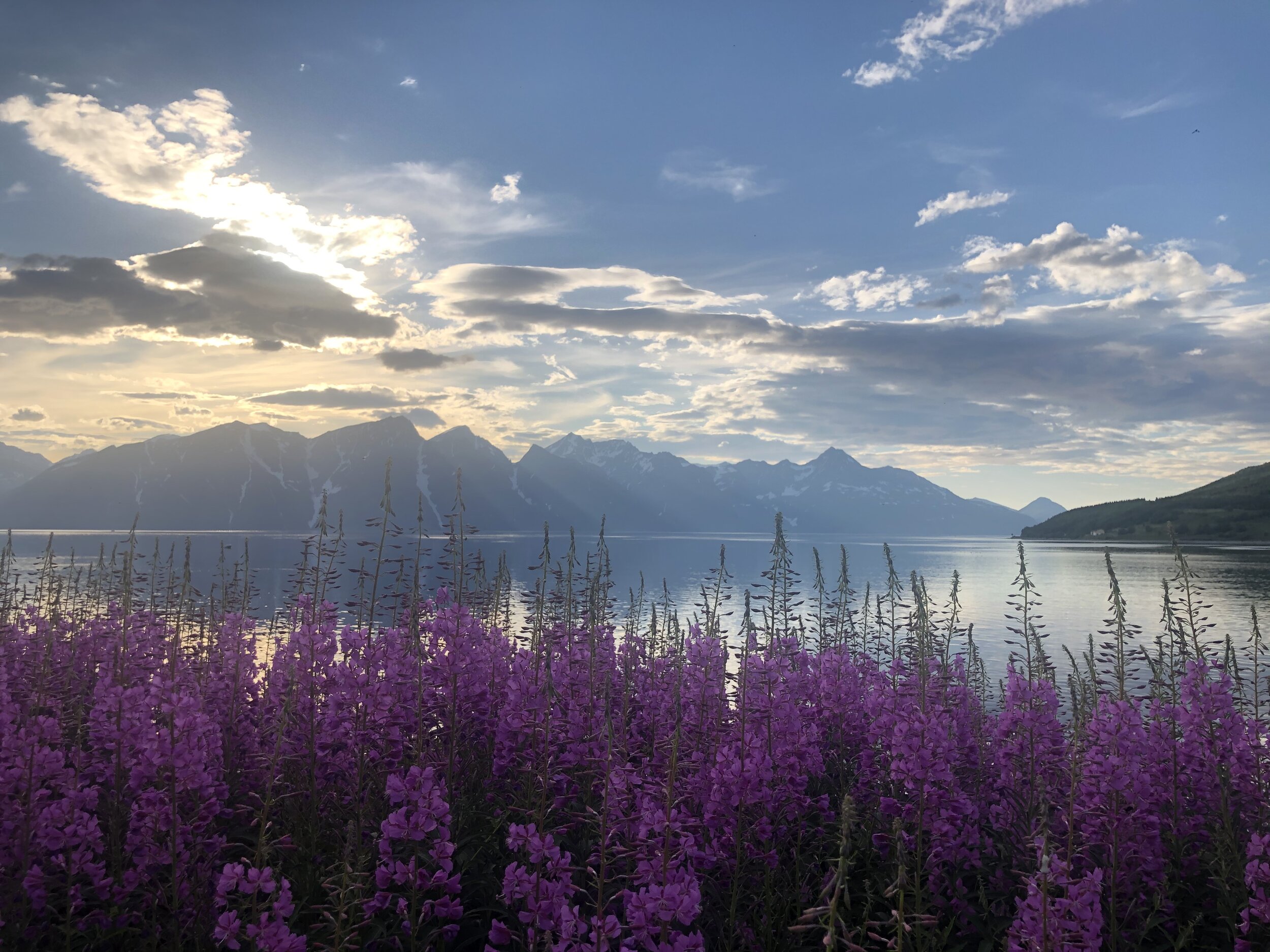Friluftsliv - Outdoor Living the Norwegian Way by Robert
The Norwegian term «friluftsliv” is composed of three words: “fri”, “luft” and “liv”, which translates “open”, “air” and “life/living”. The term is translated something like ‘outdoor life’. The idea of being outside in nature is very important to the people of Norway and it’s embedded in our roots and our identity.
I read an article in the National Geographic that explained the word friluftsliv to English readers, and this got me inspired to tell a little more and tell my story about my upbringing and what friluftsliv means to me. I love of our humble traditional Norwegian culture, and our close connection to nature. I want to carry forth this tradition, and maybe inspire people to join in on the happiness of being in nature.
Friluftsliv can be a very broad concept, everything from long expeditions to far away places, to short hikes in the forest or mountain, to boat trips to an islet, cross-country skiing, or a weekend trip to relax in the cabin. Many people also like to fish in rivers, lakes and the sea, or go hunting birds or deer. It is something we do when we want to get outdoors and get peace of mind away from our busy day to day life. It is not a sport, but more like a peaceful way of life outside of city life.
I was taking a little swim in this river this summer.
When I was a little kid my parents used to let me learn friluftsliv. Children are by nature seeking adventures and they are curious and need to learn how to be outdoors. It’s good for balance to walk in nature, and you can learn much about plant and wildlife, and it is good for children to learn early that life is not all about pleasure and comfort – some times you need to feel the sun burn your face and the snow freeze your hands. As long as this is done in controlled situations, the child will learn how to dress properly for the weather and learn the fact that a bad feeling is not dangerous, because it will pass. Humans are not made of porcelain, we are part of nature and need to rediscover the way to coexist and flow with nature. We have a saying in Norwegian: “Ut på tur, aldri sur”, which translates “Out on a trip, never angry”. It rimes in Norwegian, and trip is related to a walk in nature.
This is me fishing on ice as a child.
My sister and me playing outside the cabin.
Norway is actually a pretty big country, and we have huge unpopulated areas perfect for cultivating our friluftsliv-way of life. We have many big national parks, protected by the government to keep areas uninhabited, to conserve wild nature and a place for the benefit and enjoyment of the people. Even outside of national parks every Norwegian is allowed, by law, to set up tent as long as it is 150 meters away from buildings.
In the summer I was setting up tent by the river. Behind the tent there is a campfire pit with roof and wood free of charge. I was driving across the whole county and have never been there before. It was just one of those beautiful places made easy for people to use for friluftsliv.
Me and my friend camping after walking through the plains and mountains of Stabbursdalen National Park.
Even if you live in cities it is not a long trip to get out into nature or to a hiking trail. The area of Norway is 385 thousand km2 with a population of 5,4 million, which is a population density of 14,2/km2. Compared to England’s land area of 130 thousand km2 with a population of 56,3 million (density 432/km2). Germanys density is 232/km2. I picked up a German hitchhiker this summer. She was backpacking in Norway to see the nature and live outdoors. She was amazed by all the uninhabited beautiful nature, and this kind Norwegian spirit about friluftsliv and our open-to-all cabins all around in the nature. I tend to forget how lucky we are, because this is so very normal for us.
The famous mountain range, and national park: Rondane. It was here the story of Henrik Ibsen’s famous play Peer Gynt took place. Edvard Grieg composed the music to the play, and everyone has heard “In the Hall of the Mountain King” and “Morning Mood”. Norwegian culture and fairy tales are full of everyday heroes walking in nature encountering all kinds of trolls and mythical beings.
One funny thing about when we are in nature enjoying some friluftsliv. Even though we are on the closest hiking trail just 10 minutes outside of the city everyone greets each other when we meet. Some say we are a bit private and introverted, but once we get outside in nature, everyone greets each other and talks to each other. Friluftsliv is nature’s medicine for the soul.
In Bergsfjord, where my mother’s family are from. (Above)
View towards Bergsfjord. (Above)
We have many organizations in Norway that are marking hiking trails, making it easier for everyone to go hiking. We have a philosophy that the threshold for friluftsliv should be made low. Friluftsliv is for the hard core who want to go on long expeditions, but it is also for the common man who does not know how to read a map and use a compass. These organizations also build cabins that are free and open for all. Some of them charge a small fee if you want to stay overnight, but many are also free of charge for spending the night. We have another traditional word in Norwegian - “dugnad”. It means to work voluntary to help the collective. It is typically Norwegian to do “dugnad” on a personal voluntary basis. This spirit of “dugnad”, combined with the fact that we are very trusting of each other, and the element of friluftsliv, makes it possible to have this huge net of open-to-all cabins in all over Norway.
This is a cabin, free and open for all, in Stabbursdalen National Park.
A cabin made of earth just like in the old days.
It’s really beautiful on the inside. Simple and very close to nature.
This is a cabin free and open for all.
This is a private cabin on the mountain in Gudbrandsdalen. Back in the old times the farmers used to take their livestock of sheep and cows up to the mountain to eat grass. They traveled back down from the mountains before the summer was over. Now it is probably used as a private vacation cabin. (Above)
““There is no such thing as bad weather, only bad clothing””
Norway is a country with long winters, but our urge to friluftsliv is not stopped by this. In the winter we put on our cross-country skis and do what we do best: go out in nature.
It’s cold, but we have a saying in Norwegian: “Det finnes ikke dårlig vær, bare dårlig klær”, which translates “There is no such thing as bad weather, only bad clothing”. (it rhymes in Norwegian)
A cabin only 20 minutes walk from my home.
It’s important to have a good time when we are in nature. Coffee, chocolate and fruit are normal treats for friluftsliv. All types of food taste better in nature.
I will end with three more pictures. The most beautiful thing is when you get inner peace and inspiration to become a better human being by watching and listening to nature and its peaceful, serene, unconditional beauty. Let it’s vibes reach and teach you. Do not close your mind and heart to this divine creation.
